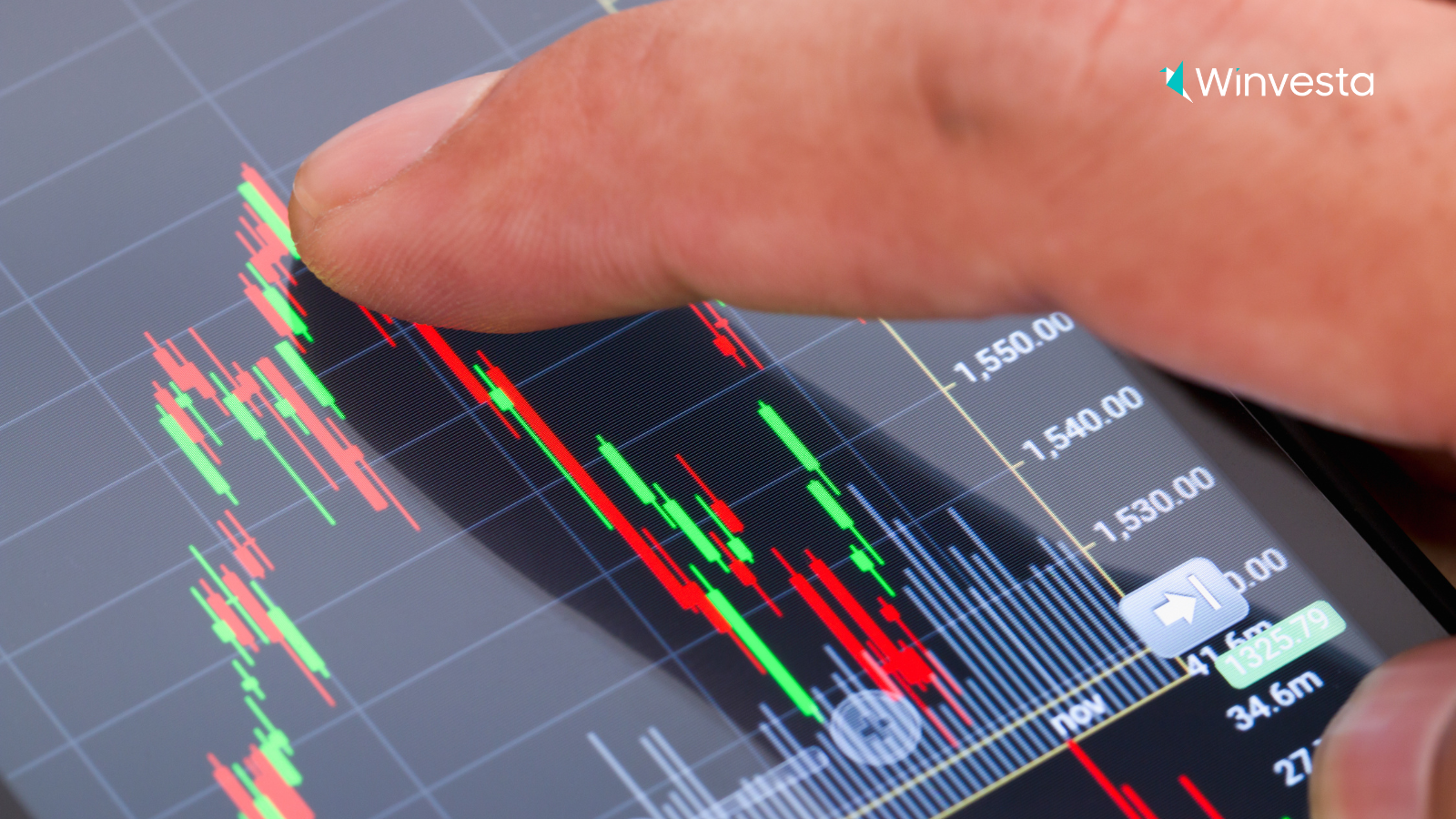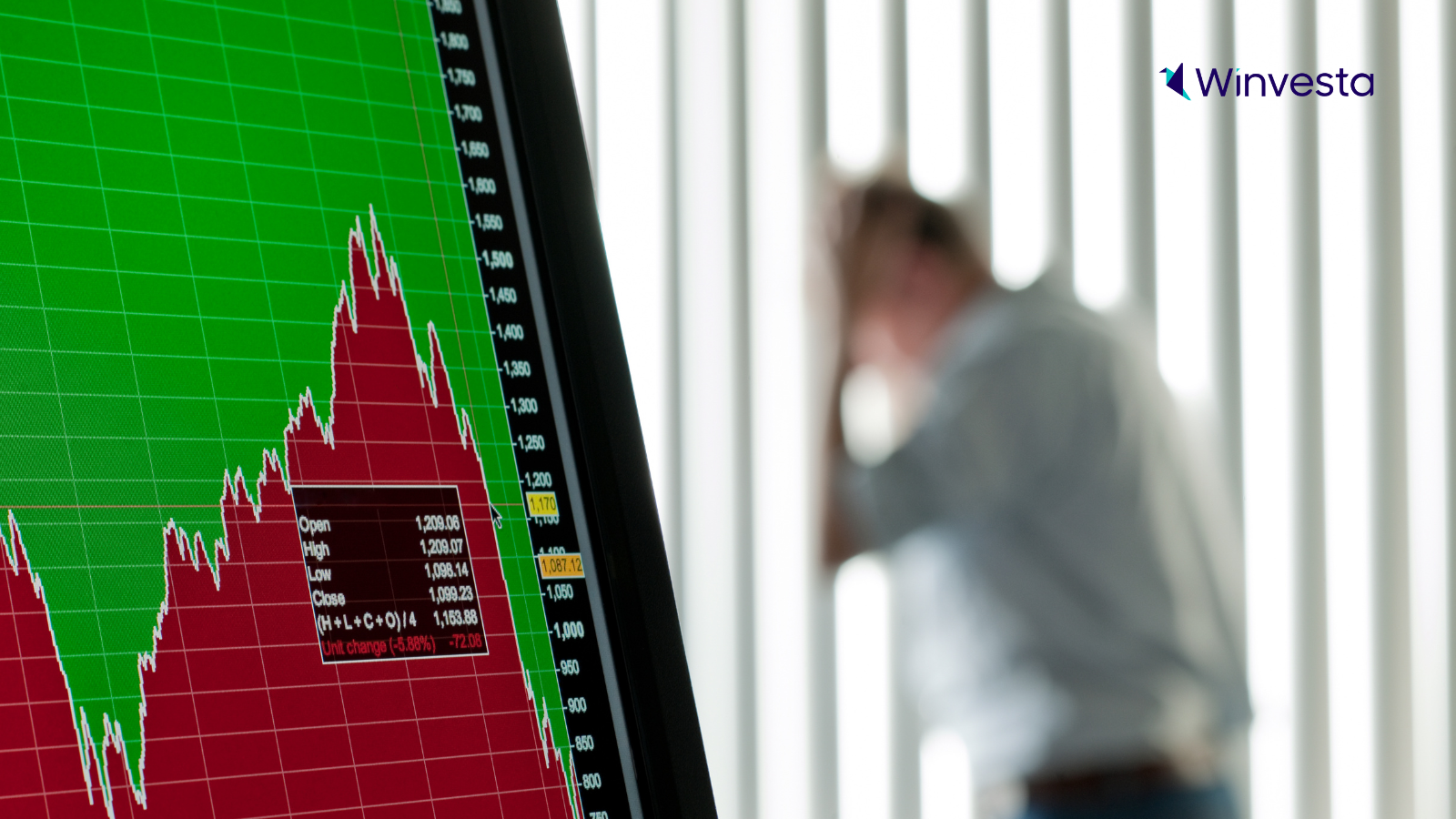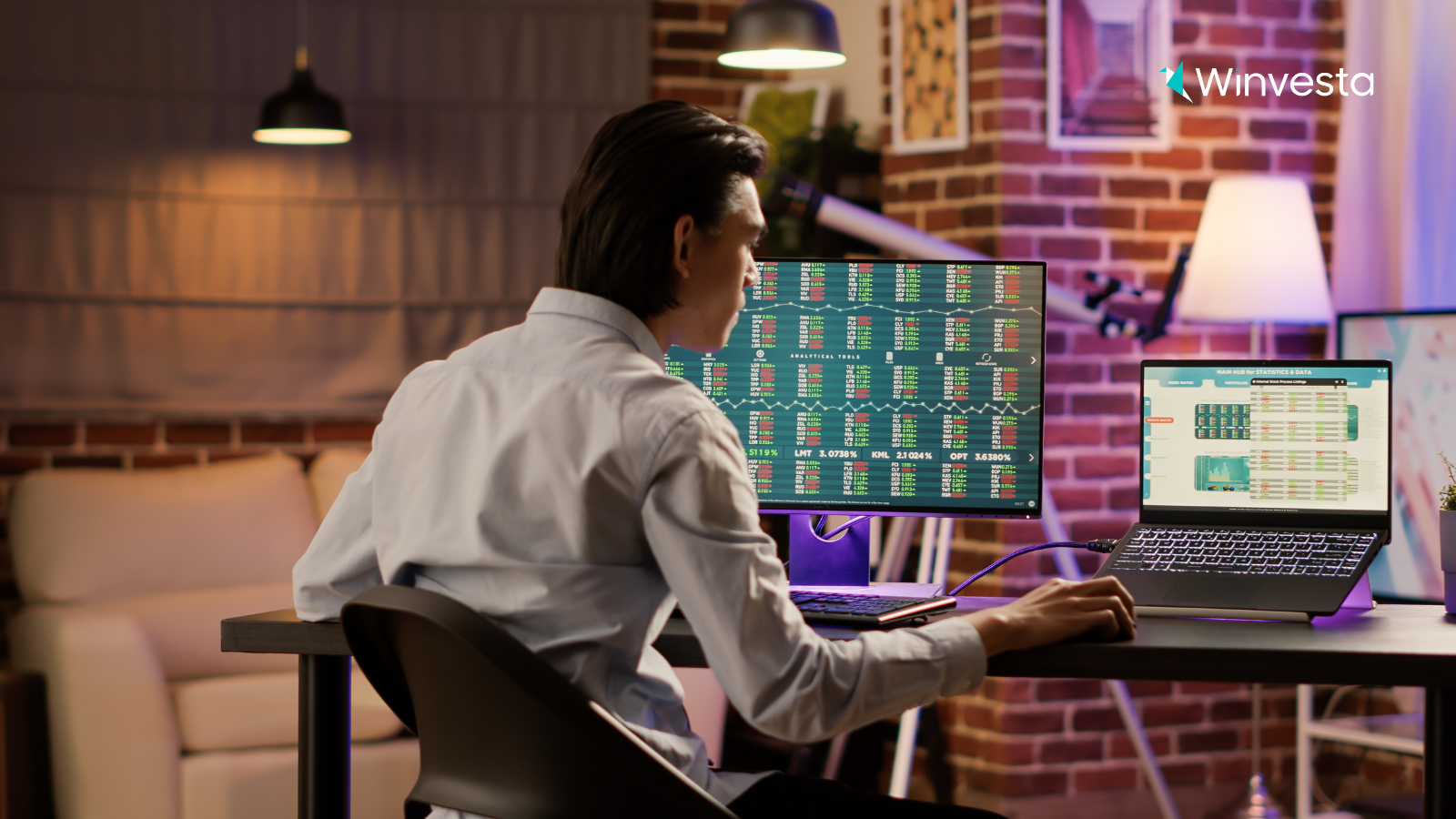Contents
How new tariffs and Apple’s big bet changed the US markets
2 minutes read
07 August 2025
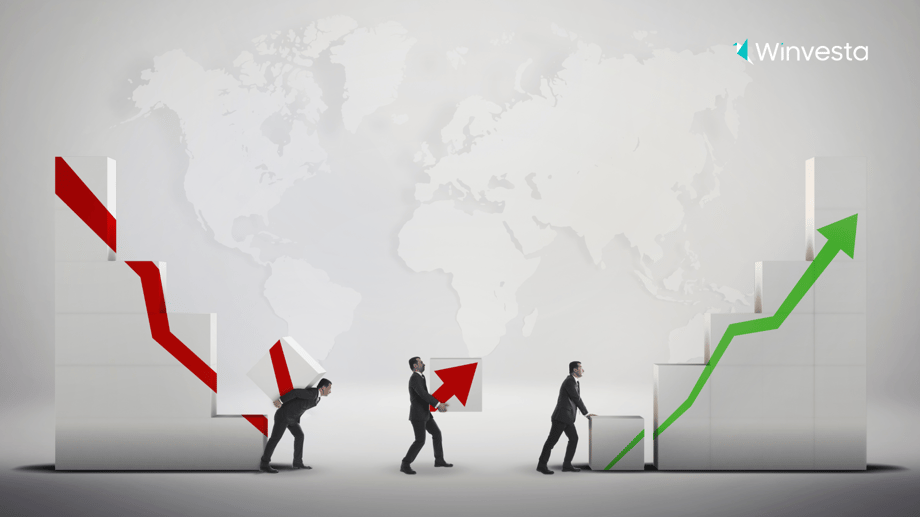
The sun wasn’t even up when the first alerts pinged across trading desks: President Trump’s latest round of tariffs had just kicked in, drawing a hard line that instantly rewrote the day’s script for Wall Street. Yet, as headlines flashed warnings of global disruption, investors kept one eye on a different announcement, a $100 billion vote of confidence from tech giant Apple.
Wall Street wakes up to tariffs and opportunity
It felt, at first light, like one of those moments when the rules all change at once. Trump’s overnight tariff wave covered nearly 200 countries, with rates on imports leaping up to 50%. “The most-impacted sectors are textiles, chemicals, and auto ancillaries,” warned Seshadri Sen, strategist at Emkay Global, just as traders logged on. “This is a tough period to navigate for investors.”
But there’s a story behind every number. While economists like John Silvia pointed out that a “less efficient economy means fewer employees,” and rising tariffs could squeeze real wages, the markets did what they do best, search for opportunity, even in uncertainty. Doug Sandven, chief equity strategist, put it neatly: “When you examine the results, they are exceeding low expectations. The influence of tariffs is still evolving.”
The S&P 500 quickly bounced from its lows, and tech stocks led the charge. Notably, Apple’s shares shot up after word hit that the company would steer an extra $100 billion into US manufacturing, on top of an earlier $500 billion pledge. “Apple’s $600 billion investment plan is a major push to bring manufacturing back to the US,” said Tim Cook, Apple’s CEO, with President Trump by his side at the Oval Office. “We’re committing to jobs and innovation right here at home.”
The Apple effect and the new rules of global trade
Apple’s announcement wasn’t just about silicon or smartphones. It was about the fundamentals of global supply chains. By pledging to build iPhone and Watch glass in Kentucky and deepening ties with American suppliers, Apple dodged the worst of the new tariffs and sent a clear signal to investors: adapt fast, or risk falling behind.
For analysts on the ground, the move crystallised a trend that’s been bubbling for months. As Jamie McGeever, financial columnist, put it: “Investors’ willingness to embrace tariffs challenges the beliefs that have supported global markets for decades. The robust recovery of the stock market since Trump’s ‘Liberation Day’ tariff announcement suggests the shock has already been absorbed.”
Still, caution lingered in the air. Dan Ives of Wedbush Securities, one of Wall Street’s leading tech analysts, offered perspective: “We view the notion of Apple manufacturing iPhones in the US as a fairy tale that is not practical. Transition will take years, and consumers could see higher prices.”
And that’s the paradox of these turbulent days. Markets dance between panic and hope, searching for winners in a world where the rules get rewritten overnight. But, as Trump declared, flanked by executives and flashing gold-plated grins, “Apple has invested a bit in other nations… but now, they are returning home.”
On Wall Street, that was enough. For one morning at least, hope trumped worry, and the story shifted: from tariffs and fear to bets placed on tomorrow’s innovation, right in America’s heartland.
Disclaimer: The views and recommendations made above are those of individual analysts or brokerage companies, and not of Winvesta. We advise investors to check with certified experts before making any investment decisions.

Ready to own a piece of the world’s biggest brands?
- Invest in 4,000+ US stocks & ETFs
- Fractional investing
- Zero account opening fees
- Secure and seamless
Start investing in just 2 minutes!

Build your global portfolio.
.png)
Invest in companies you love, like Apple and Tesla.
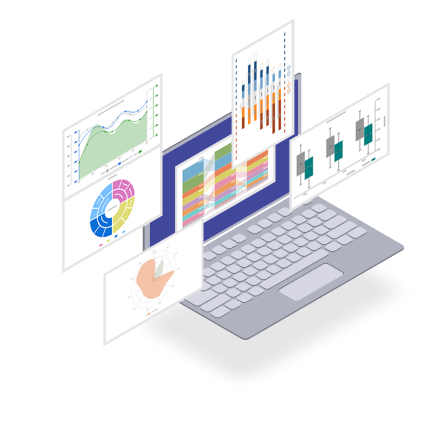
Track, manage, and grow your investments.
